
Culturing, maintaining, and cryopreserving microbial cultures and cell lines can be challenging at times. Explore our collection of technical documents to access detailed information on the techniques used by ATCC experts for the authentication, application, and handling of our products.
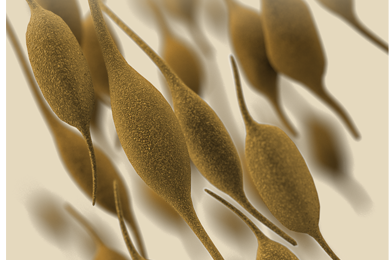 Technical document
Technical document
Cell Line Authentication Test Recommendations
Authentication of a cell line is the process by which a line’s identity is verified and shown to be free of contamination from other cell lines and microbes.
More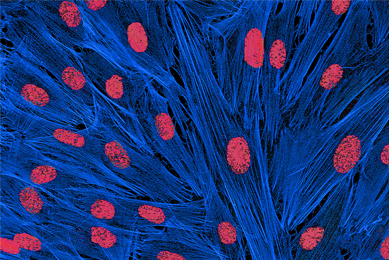 Technical document
Technical document
A Chemically-induced Method of Adipogenesis
3T3-L1 materials from at least two different distribution lots were tested for their ability to differentiate in response to a mixture of insulin, dexamethasone, and IBMX (methylisobutylxanthine). The assay was established according to published protocols and is relatively easy to perform.
More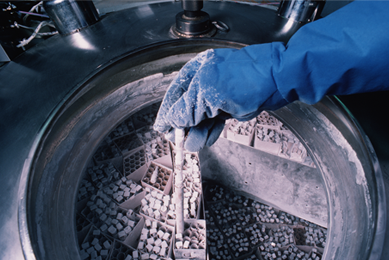 Technical document
Technical document
Cryogenic Storage of Animal Cells
Cryogenic preservation of cell cultures is widely used to maintain reserves of cell cultures. Besides providing a valuable back-up supply, properly stored cultures also reduce alterations in or loss of culture characteristics.
More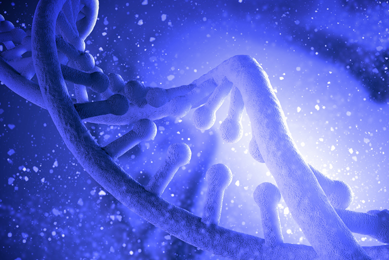 Technical document
Technical document
The ATCC Genome Portal: Our Approach to Whole-genome Sequencing
Discover the features of the ATCC Genome Portal and understand the DNA extraction, sequencing, and bioinformatic methods we use to produce high-quality, reference-grade genomes.
More Technical document
Technical document
Guide to Subculturing Cell Line Monolayers
Most cell lines and primary cell cultures grow as a single thickness cell layer (monolayer) or sheet attached to glass or specially treated plastic substrates. In order to keep cultures healthy and actively growing it is usually necessary to subculture them at regular intervals.
More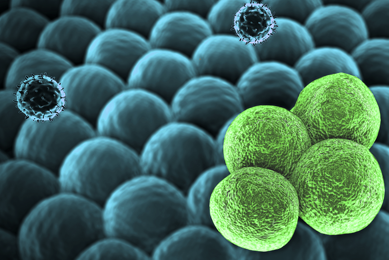 Technical document
Technical document
Lymphocyte Transformation Using ATCC VR-1492
We describe the procedure for transformation with Epstein-Barr virus (EBV) that has a 95% success rate.
More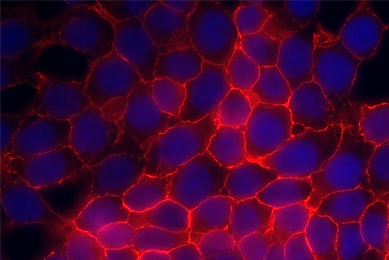 Technical document
Technical document
Passage Number Effects in Cell Lines
The degree of subculturing a cell line has undergone is often expressed as “passage number,” which can generally be thought of as the number of times cells have been transferred from vessel-to-vessel.
More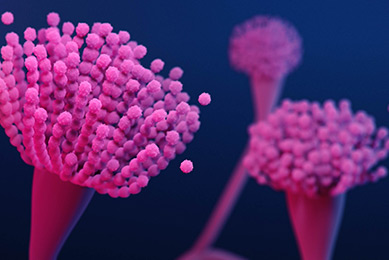 Technical document
Technical document
Preservation and Recovery of Filamentous Fungi
Preservation methods for filamentous fungi vary depending on the type and degree of sporulation. Read this technical document to learn more.
More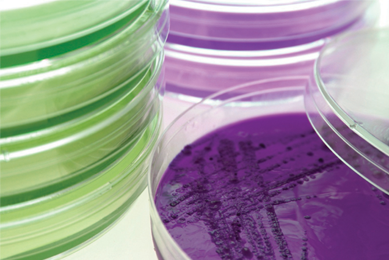 Technical document
Technical document
Reference Strains: How Many Passages are Too Many?
This technical document will attempt to clear up some of the confusion about passage and microbial culture maintenance and provide some definitions and recommendations.
MoreView additional resources
Application Notes
Read our application notes for high-quality data exploring the development, validation, and application of ATCC products.
View Application Notes
Webinars
Watch our expanding collection of webinars to learn more about the innovative research and development being performed by thought leaders in science.
Watch the WebinarsCulture Guides
Download these useful guides and start with fresh authenticated cells and strains from ATCC to achieve the best results.
Read the Guides